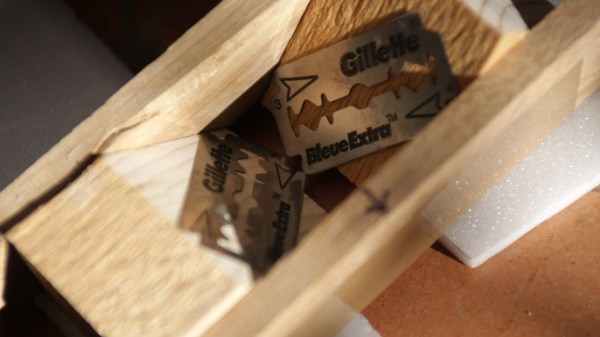In the early days of 3D printers, most builds used smooth rods and bearings that rode on them. But these days, printers are shipping with either V-slot extrusions with Delrin wheels or linear rails. Which is best? Everyone seems to have an opinion, but [Spencer] decided to compare them using some well-defined experiments, and he shares his results in the video below.
Common wisdom is that linear rails create a better print quality, but [Spencer] didn’t really find that much difference. He does admit, however, that he isn’t an expert on setting up linear rails, so perhaps there’s something he could have done better. He did note that the rails were quieter but that, for both cases, the noise generated by the moving rails was only a small fraction of the total noise generated by the printer. The rails were also more stable in terms of resonance. Input shaping can help overcome that, though, so it probably isn’t that important in a modern printer.
What do you think? Are linear rail upgrades worth it? Let us know in the comments. We’ve been 3D printing long enough that we are hard-pressed to complain much about any of the prints we produce today on printers that cost a fraction of what we spent on our first ones.
Of course, you could go with string. Putting rails together with or without slots is its own art form.













